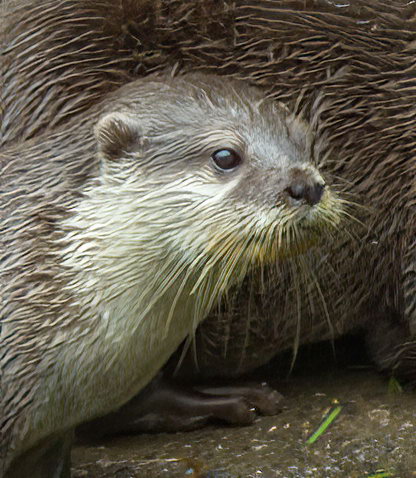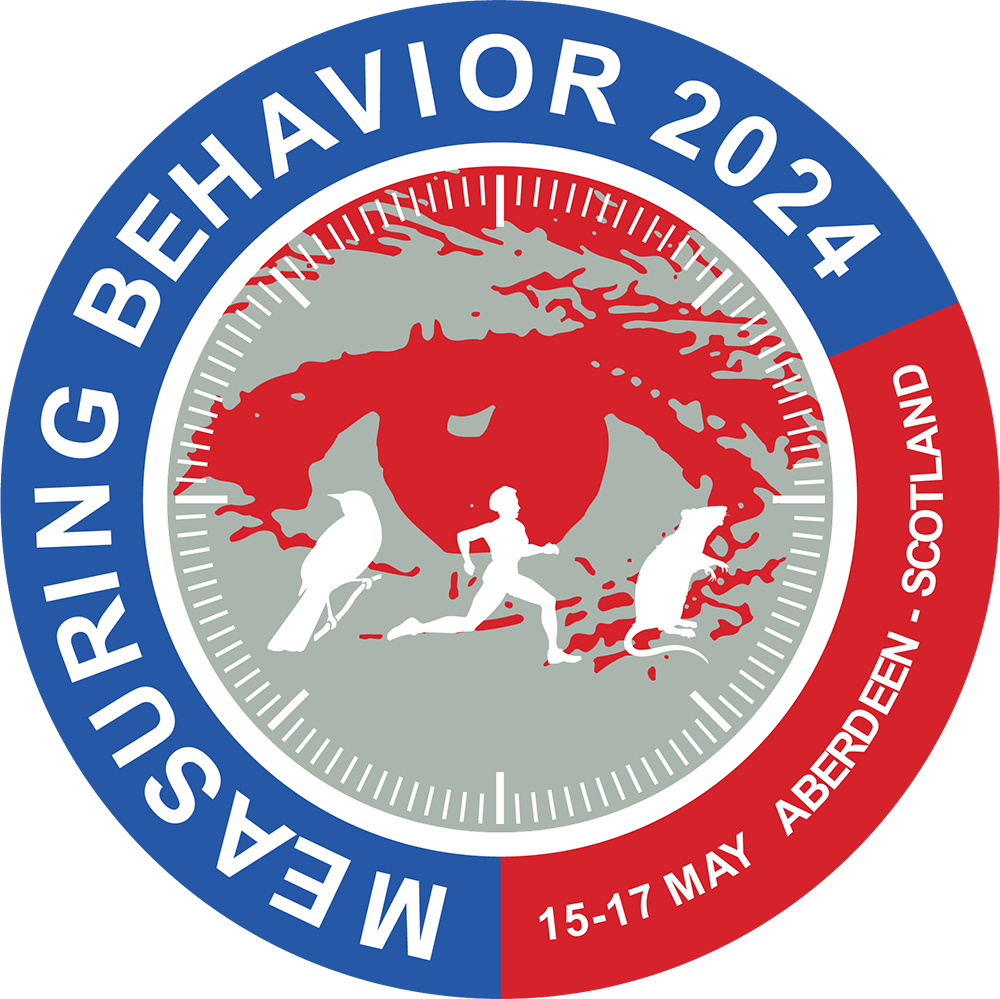Organiser: Richard Brown (Dalhousie University, Canada)
Schedule: Wednesday 15th May 11:10 – 12:30
11:10 – 11:30 Kyle Roddick – An Overview of Methods for Measuring Olfaction in Rodents
Rodents are heavily reliant on olfactory stimuli, showing a remarkable ability to learn olfactory tasks. With a preference for olfactory stimuli, and the oversized role olfaction plays in their behaviour, it is important to consider olfaction when working with rodents. There are many ways to measure olfaction in rodents, such as tests of odour detection, odour discrimination, working memory, reversal learning, complex olfactory based tasks, and pheromonal effects on reproductive behaviour.
11:30 – 11:50 Richard Brown – Pavlovian Conditioned Odour Preferences in Mice
A series of experiments used Pavlovian conditioning to train mice to associate a CS+ odour with sugar and a CS- odour with no sugar. Memory strength was examined by varying the number of training trials and by increasing the time between training and memory tests from 1 to 30 days and longer. The results from four different training paradigms are compared. Studies of transfer of training and neural changes following conditioning are also reported.
11:50 – 12:10 Wyatt Ortibus – Olfactometer Methodologies in Rodent Olfaction Research: “What can we test about learning and memory?”
The olfactory system of mice involves the prefrontal cortex, amygdala, entorhinal cortex, and hippocampus which encode the olfactory stimuli which guide their behavior. The operant olfactometer allows the evaluation of different aspects of olfactory learning and memory. This presentation examines operant methods for studying olfactory perception, discrimination learning and memory, working memory and reversal learning. Olfactometers provide measures of learning strategies and cognitive flexibility and can detect sex or genotype, sex, and age differences.
12:10 – 12:30 Robert Gerlai – Olfactory Cues in Zebrafish Behavioural Studies: From Anxiety to Learning
Zebrafish are increasingly popular subjects of biomedical research. For example, they have been employed to investigate anxiety and learning. Potential utility of olfactory cues in this research is discussed. The alarm substance, extracted from the fish skin, and the synthetic compound H3NO induce fear reactions, and could serve as aversive US. Smell of food, may be an effective appetitive US. Innate cue recognition, practical issues with delivery methods and with cue on/off set are discussed.
Description:
This symposium will examine methods for the study of olfactory learning and memory in rodents, zebrafish and fruit flies. The focus of the symposium will be on different ways to study olfactory learning and memory, with a focus on long- and very-long term memory. The talks will provide an overview of methods used for the study of olfaction, new developments in habituation-dishabituation methods, procedures for the study of Pavlovian conditioned odour preferences, operant conditioning methods for studying olfaction. Methods for the study of neuroendocrine responses to odours; odour discrimination in puberty acceleration, etc. will de discussed. Methods for studying olfactory learning in zebrafish and olfactory learning and memory in Drosophila will be described. This symposium should provide a comprehensive review of methods for studying olfactory learning and memory in a range of species.
| 11:10 – 11:30 | Kyle Roddick – An Overview of Methods for Measuring Olfaction in Rodents |
| 11:30 – 11:50 | Richard Brown – Pavlovian Conditioned Odour Preferences in Mice |
| 11:50 – 12:10 | Wyatt Ortibus – Olfactometer Methodologies in Rodent Olfaction Research: “What can we test about learning and memory?” |
| 12:10 – 12:30 | Robert Gerlai – Olfactory Cues in Zebrafish Behavioural Studies: From Anxiety to Learning |

 Measuring Behavior
Measuring Behavior